The chair pose, also known as Utkatasana in Sanskrit, is a standing yoga pose that strengthens the legs and lower body while stretching the chest, hips, and spine. This pose strengthens the muscles in the legs, particularly the quadriceps and hamstrings, while also improving balance and stability. The deep squatting position also stretches the hips, spine, and chest, improving posture and flexibility.
Practicing the chair pose regularly can help improve your overall fitness and well-being, and can be incorporated into any yoga practice. Just make sure to listen to your body and not push beyond your limits, and seek the guidance of a trained yoga instructor if needed.
Table of Contents
How to do a Chair Pose (Utkatasana)?
- Stand with your feet hip-width apart and your arms down by your sides.
- As you inhale, raise your arms overhead, reaching towards the sky.
- Exhale and bend your knees, imagining that you’re about to sit down on a chair. Keep your knees over your ankles and your torso upright.
- Keep your arms reaching towards the sky, keeping your shoulder blades down and relaxed.
- Stay in the pose for 5-8 breaths, then release by straightening your legs and lowering your arms.
It’s important to keep your knees aligned over your ankles to avoid straining the knee joint and to keep your torso upright and not lean forward to maintain balance. You can also use props such as a block or a wall for support, especially if you have difficulty balancing or have knee or hip pain.
Variations in Chair pose
The chair pose, also known as Utkatasana, can be modified or adjusted to suit different levels of ability or to target specific areas of the body. Some common variations include:
- Chair pose with arms in cactus position: In this variation, the arms are brought out to the sides at shoulder height, resembling a cactus shape. This variation increases the shoulder stretch and works the upper body.
- Chair pose with a block: Using a block can help support the body in the squatting position and make it easier for those who have difficulty balancing. The block can be placed under the seat for support.
- Chair pose with a twist: This variation involves twisting the torso to one side while in the squatting position, stretching the spine and opening up the chest.
- Chair pose with a balance: To increase the challenge, try lifting one foot off the ground while in the squatting position, using the other leg to balance.
It’s important to listen to your body and not push beyond your limits, and to seek the guidance of a trained yoga instructor if needed. Experiment with different variations to see what works best for you and continue to challenge yourself in your yoga practice.
Benefits of Chair Pose
The chair pose, also known as Utkatasana, provides many physical and mental benefits, including:
- Strengthening the legs and lower body: The deep squatting position of the chair pose strengthens the quadriceps, hamstrings, and calves, improving overall leg strength and stability.
- Improving posture and flexibility: The chair pose stretches the hips, spine, and chest, helping to improve posture and flexibility.
- Building balance and stability: The balancing aspect of the chair pose improves overall balance and stability, making it useful for preventing falls and improving coordination.
- Increasing cardiovascular endurance: The chair pose is a weight-bearing exercise that increases cardiovascular endurance, making it a great addition to any cardiovascular workout routine.
- Boosting energy levels: The chair pose is known for its energizing effects, helping to boost energy levels and increase vitality.
- Relieving stress and anxiety: The deep breathing required in the chair pose can help to relieve stress and anxiety, promoting overall relaxation and calmness.
Incorporating the chair pose into your regular yoga practice can help improve physical strength, flexibility, and balance, while also promoting relaxation and reducing stress. As with any exercise, it’s important to listen to your body and not push beyond your limits, and to seek the guidance of a trained yoga instructor if needed.
Precautions in Chair pose
- Knee pain: If you have knee pain or any knee injuries, it’s important to avoid deep squats, including the chair pose. You can modify the pose by keeping your knees bent to a shallower degree, or by using props such as a block or a wall for support.
- Low back pain: If you have low back pain or any low back injuries, it’s important to avoid deep squats, including the chair pose. You can modify the pose by keeping your back straight and avoiding rounding of the lower back.
- Balance issues: If you have difficulty balancing, it’s important to use props such as a block or a wall for support, or to practice the pose near a wall for stability.
- Pregnancy: If you’re pregnant, it’s important to avoid deep squats, including the chair pose, and to modify the pose or seek the guidance of a trained prenatal yoga instructor.
- Recent or chronic injury: If you have recently sustained an injury or have a chronic injury, it’s important to avoid the chair pose or modify the pose to avoid further strain.
It’s important to listen to your body and not push beyond your limits, and to seek the guidance of a trained yoga instructor if needed. Get in touch with us to learn more about this posture and Yoga teacher training in India.

